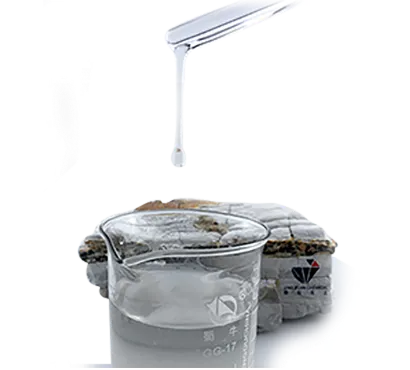
নভে. . 25, 2024 09:29 Back to list
Methyl Hydroxyethyl Cellulose Applications and Benefits in Various Industries
Exploring Methyl Hydroxyethyl Cellulose (MHEC) and Its Applications
Methyl Hydroxyethyl Cellulose (MHEC) is a derivative of cellulose, an essential polymer that constitutes the primary structural component of plant cell walls. Renowned for its versatile properties, MHEC has become an indispensable ingredient across various industries, notably in construction, food, pharmaceuticals, and cosmetics. This article delves into the characteristics, production methods, applications, and future prospects of MHEC.
What is Methyl Hydroxyethyl Cellulose?
MHEC is a water-soluble polymer that derives its versatility from its chemical structure. It is produced by modifying cellulose through the introduction of methyl and hydroxyethyl groups. This modification enhances its solubility in water and allows it to form thick, viscous solutions. MHEC is not only non-toxic and biodegradable but also environmentally friendly, making it a preferred choice in numerous applications.
Production of MHEC
The production of MHEC involves the etherification of cellulose, typically sourced from plant materials such as wood and cotton. The cellulose undergoes a series of chemical reactions in the presence of methyl and hydroxyethyl reagents. After the etherification process, the result is a fine white powder that can be easily dissolved in cold or hot water. The degree of substitution, which refers to the average number of hydroxyl groups replaced in the cellulose molecule, can be controlled during production. This parameter influences the properties and performance of the final product, tailoring it for specific applications.
Properties of MHEC
MHEC exhibits a range of beneficial properties that contribute to its widespread use
1. Thickening Agent MHEC significantly increases the viscosity of solutions, which is vital in many applications to achieve the desired consistency.
2. Water Retention Its exceptional water-retaining capacity helps in maintaining moisture, making it ideal for use in construction materials and personal care products.
3. Stability MHEC solutions are stable over a wide pH range and under varying temperatures, making them suitable in different environments.
4. Film-Forming Ability MHEC can form transparent films, which is advantageous in coatings and cosmetic applications.
methyl hydroxyethyl cellulose mhec

Applications of MHEC
MHEC finds application in multiple industries owing to its versatile properties
1. Construction In the construction sector, MHEC is a crucial ingredient in cement-based products, such as tile adhesives and mortar. Its water retention properties enhance adhesion and workability, making it easier for workers to apply these materials.
2. Food Industry MHEC acts as a thickening and stabilizing agent in food products, improving texture and shelf-life. It is commonly used in sauces, dressings, and ice creams.
3. Pharmaceuticals In the pharmaceutical industry, MHEC serves as a binder in tablet formulations and as a thickening agent in topical preparations. Its ability to form gels is beneficial in drug delivery systems.
4. Cosmetics MHEC is often included in cosmetic formulations for its thickening and film-forming properties. It provides a smooth texture to lotions, creams, and gels, enhancing the consumer experience.
5. Agriculture In agriculture, MHEC is used in seed coatings and soil conditioners, improving water retention in soil and enhancing seed germination.
Future Prospects
The future of MHEC looks promising, driven by increasing demand in various industries. As the trend towards sustainable and eco-friendly products continues to rise, MHEC’s biodegradable nature will likely boost its adoption. Moreover, ongoing research into enhancing its functionalities and applications in emerging fields like nanotechnology and biomedicine may open new avenues for its use.
Conclusion
Methyl Hydroxyethyl Cellulose is a remarkable compound with diverse applications across numerous industries. Its unique properties, combined with its environmentally friendly profile, position it as a valuable ingredient in both established and emerging markets. As innovation progresses and demands for multifunctional materials rise, MHEC is set to play an even more significant role in shaping modern products and solutions.
-
What Is HPMC: Meaning,Applications
NewsApr.02,2025
-
Redispersible Polymer Powder (Rdp): Uses, Price, And Suppliers
NewsApr.02,2025
-
Hydroxyethyl Cellulose (Hec): Uses, Suppliers, And Buying Guide
NewsApr.02,2025
-
Hpmc (Hydroxypropyl Methylcellulose): Applications, Suppliers, And Buying Guide
NewsApr.02,2025
-
Guide to Mortar Bonding Agent
NewsApr.02,2025
-
Buying Guide to Redispersible Powder
NewsApr.02,2025







